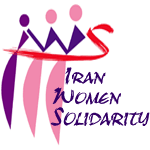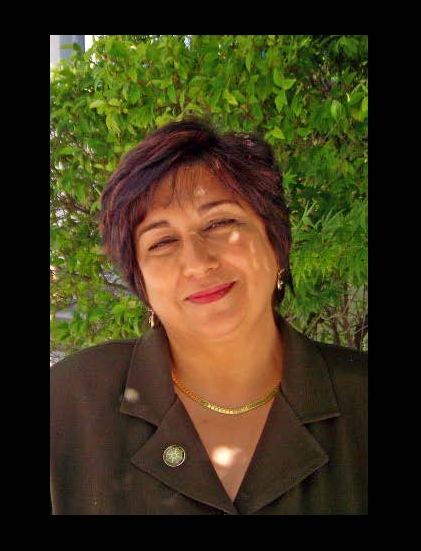by Amy GRUPP
Two years ago on November 10th, the European Court of Human Rights ruled in Leyla Şahin v. Turkey that Turkey’s university headscarf ban was a permissible restriction of religious freedom and of the right to education. In reaching this conclusion the Court adopted the views of the Turkish state that the headscarf is incompatible with secularism and that it is a symbol of inequality between women and men. The Court thus accepted the ban as a measure intended to protect secularism and gender equality in Turkey.
Secular fears:
With the reelection of the religious Justice and Development Party and the appointment of Abdullah Gül as President, many Turks have become afraid that secularism in Turkey is weakening. Despite studies that show fewer women are wearing the headscarf, the increased public presence of “covered” women has caused some Turks to be alarmed at the changing image of their nation. While outsiders may comment that it takes more than a piece of cloth to institute the Sharia, secular Turks can point to occurrences that have bolstered their fears of Islamic fundamentalism, such as attacks on students eating in university cafeterias during the Muslim fasting month of Ramazan. They see lifting the ban on the headscarf as a first step down the road to forced religion and restriction of women’s rights.But does the headscarf ban really protect secularism and promote gender equality? Certainly in some respects it does. The personal nature of religion in a secular society is enforced when women who usually wear the headscarf are required to remove it at the university gates. The ban frees Turkish university students from the distracting social and political pressure the headscarf, as a symbol, may create. It also contributes to students’ socialization in gender equality because it denies the religious view of women as creatures with a powerful and destructive sexuality emanating from certain parts of their bodies.
The other side:
This assessment, however, fails to take into account the ban’s impact on secularism and gender equality for women who believe they are morally obligated to wear a headscarf. For them this ‘secularism’ is a sham because it accommodates the personal beliefs of others so broadly that there is no room at all left for their own. The ‘equality’ justification must in their view be even less legitimate because under the ban their religious male counterparts, often identifying themselves on campuses through religious speech at least as ostentatious as headscarves, are granted access to the education without which these women are condemned to lifelong economic dependence.Of course if the headscarf ban’s effect on these women could be separated from its effect on Turkish society as a whole, some might argue that the harm they suffer is a reasonable price to pay, but this is not the case. The ban unfortunately reinforces the very attitudes it is intended to combat. If the original problems were political Islam and the headscarf as a symbol of it, political action in favor of the headscarf has now become the only hope these women have of getting the education they desire, and the secular order is thus more threatened than before. If the proponents of the ban hoped it would support an Islam without gender discrimination, it has instead provided one more reason for traditional segments of society to curtail their women’s education, and has caused Turkish society to view Islam as incompatible with learning and progress.
What if lifted?:
What would happen if the headscarf ban were lifted? Certainly the religious supporters of the headscarf would express feelings of triumph, but if secular Turks remained calm, degeneration into social disorder would be unlikely, and soon positive effects would be seen. No longer forced into a radical position by their outsider status, headscarf wearing women would find fundamentalist Islam much less appealing. With a secure and independent place in the secular system, they would develop their own ideas about women’s place in Islam that would counter patriarchal views. The integration of ‘covered’ women into university classrooms would also create an environment where students are socialized to tolerate opinions and lifestyles different from their own, one of the marks of secularism. The number of women in university would increase, as well as wages and employment rates for women.It is difficult to admit when a policy is not working, but if Turkish society is committed to secularism and gender equality, the headscarf ban should be lifted. The ban’s restriction of religious freedom and the right to education has backfired, but it’s not too late for the damage to be undone.


